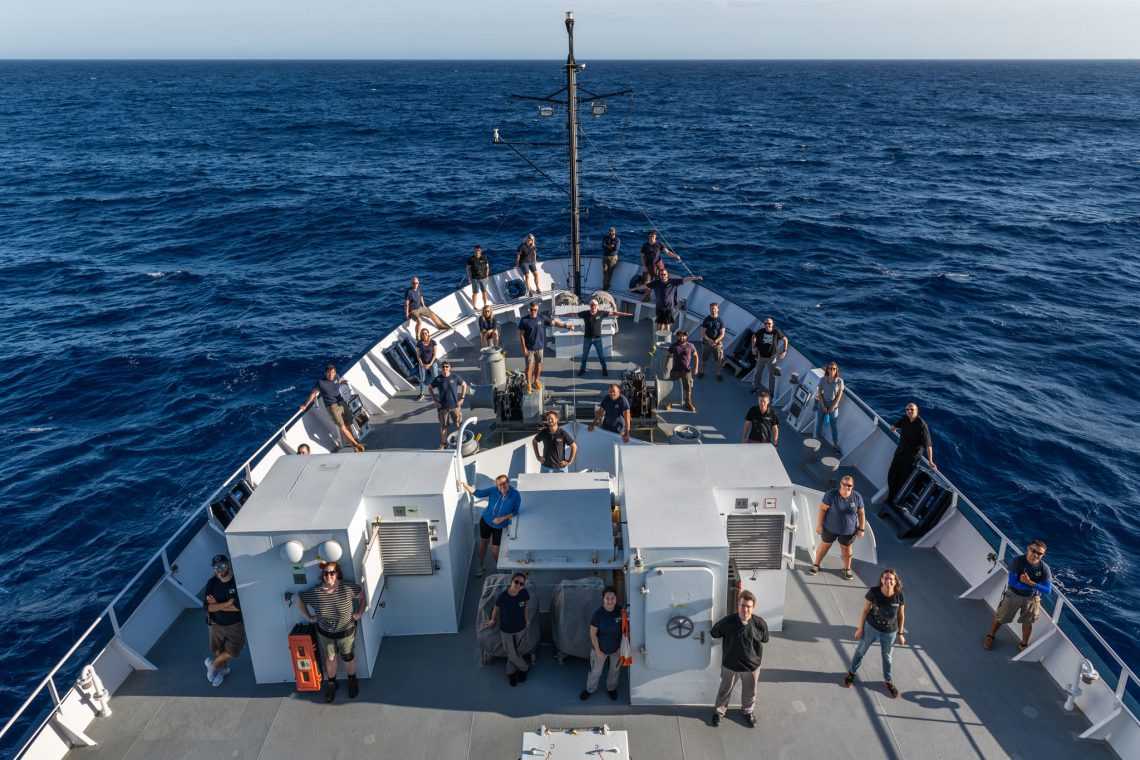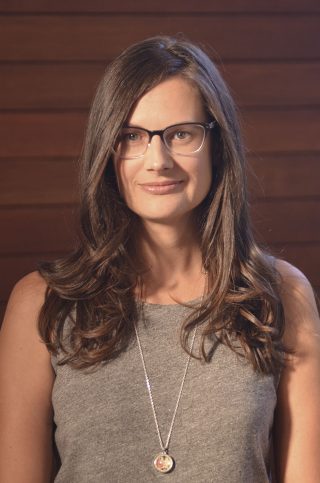Organising a large scientific expedition takes some time – years, in fact. There are challenges for every time horizon, and no aspect is too big or too small. There is a crack team of scientists to assemble – often from many parts of the world, especially since taxonomic expertise in certain groups is hard to find. Freight, customs, administration, travel, logistics: all of these form a part of the immense planning.
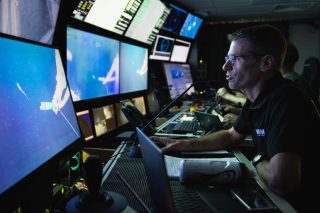
Expeditions can be easily impacted by a single small box of filter paper forgotten, or a tiny package left behind. Once out on the ocean, you are isolated and every problem needs to be addressed with only what you have at hand.
Luckily, on R/V Falkor, this is less of a problem than usual. There is an amazing support team here, with creative ideas and tools to make those a reality. While they can not conjure up things out of thin air, sometimes it seems close….. The ROV supervisor, Russ Coffield, has a 3D printer onboard that can produce solutions for problems you did not know you had!
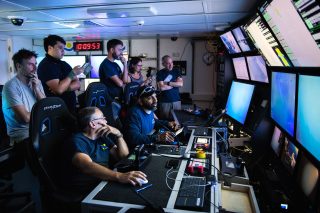
Global Matters
But some issues are bigger than your expedition. And so, we find ourselves in an isolated ‘science bubble’ out to sea. Although we are connected to the public every day, streaming and narrating our science in real time, we have no physical contact with the outside world. In the week since we left the port of Fremantle, the world has become a different place.
With increasing concerns about spreading the virus, we have modified our plans to have additional staff join us halfway through the expedition. Now, some staff will depart, but no new members will join us. We are a self-isolated group, with no physical contact with the outside world.
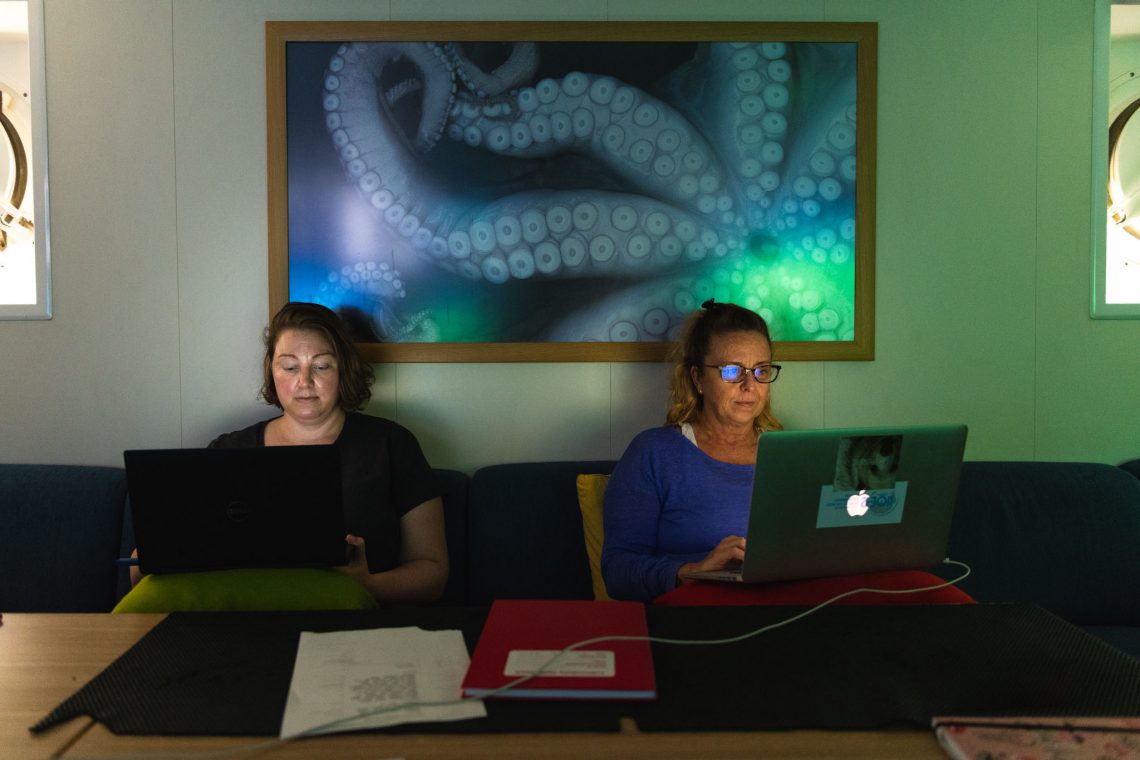
As the new world emerges and routes of travel shrink every day, we all have concerns. Staying in contact with friends and family helps, along with regular communications with our employers, since this ship is our workplace for now. Scientists and crew members alike are uncertain of future plans to reunite with family. Can they make it home? Will flights be cancelled? Will they be stranded for a while?
We will sail on, and see…
